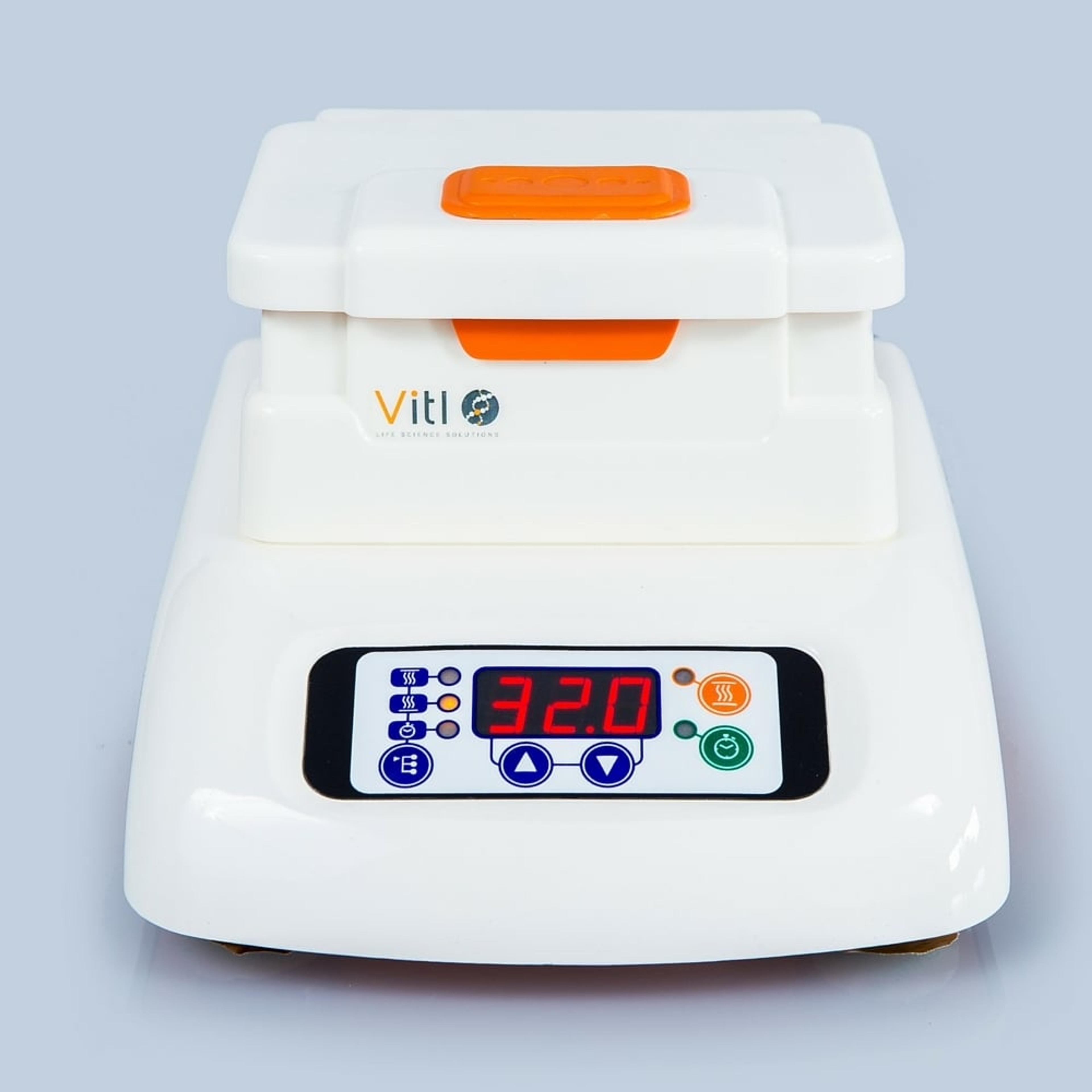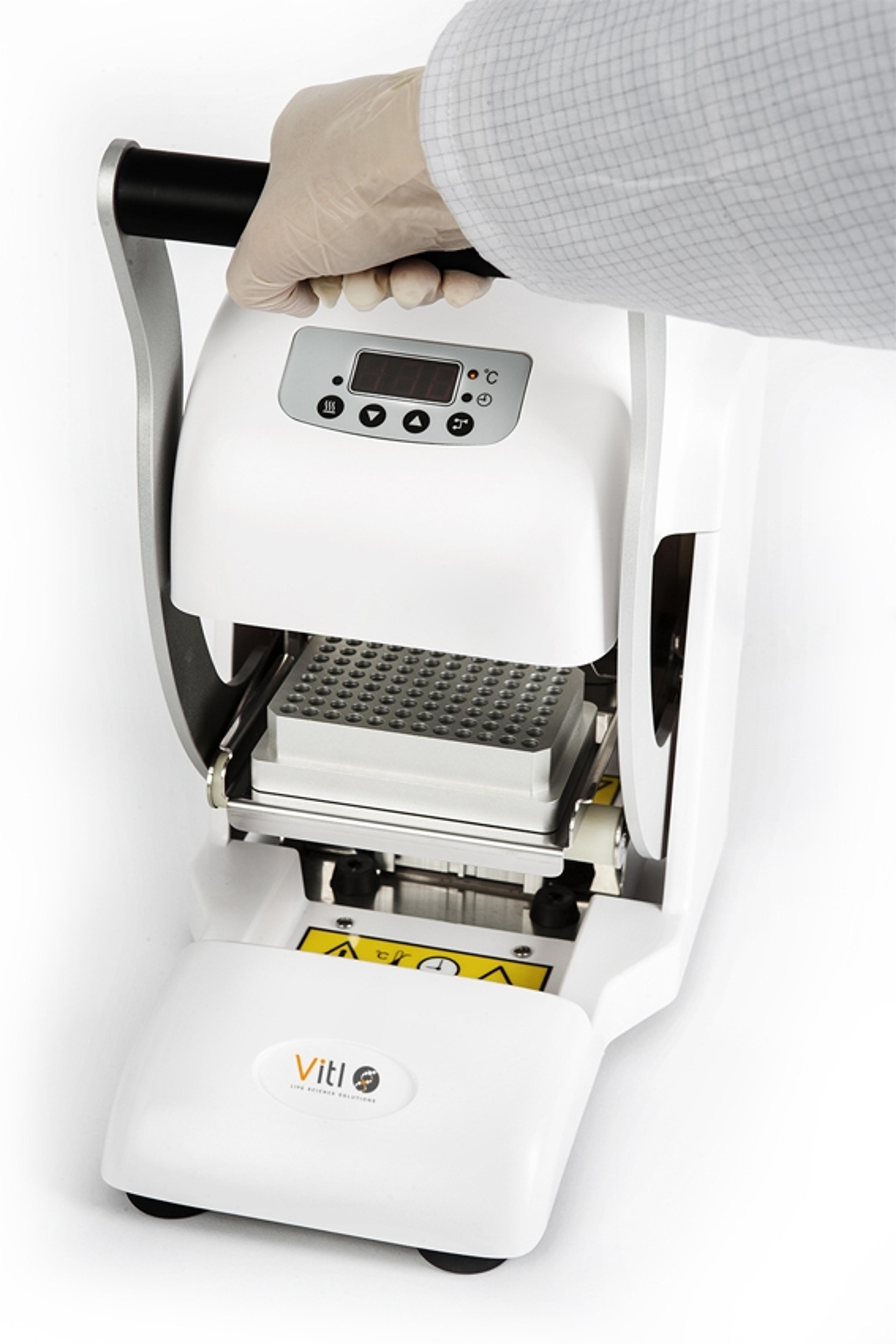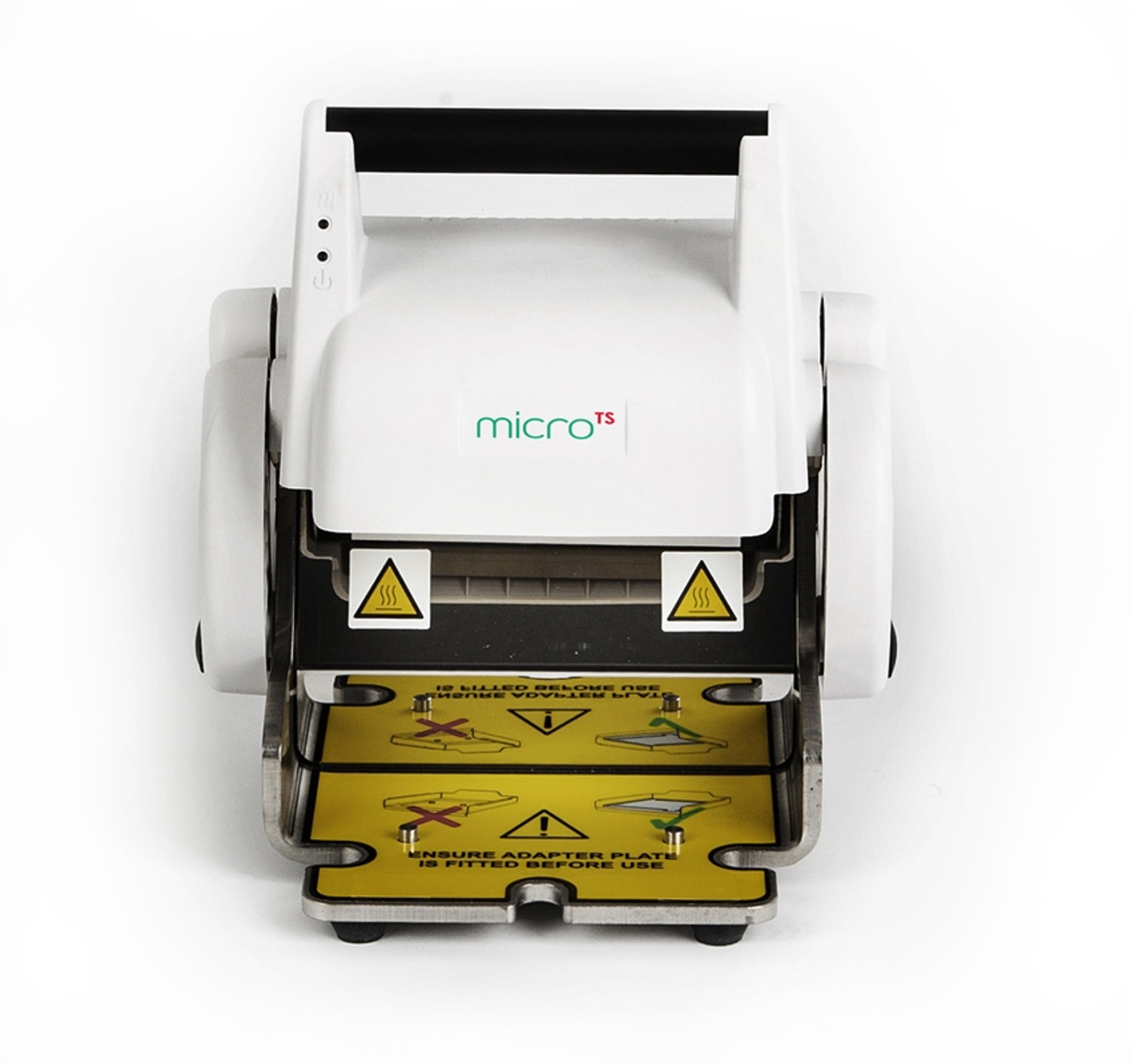Research Reveals What Scientists are Missing in Their Lab
Study by ITL shines a light on scientists’ most wanted for their daily work
2 Aug 2015

In one word: what is your lab missing?
In an innovative piece of research, ITL asked a simple question: In one word, what is your lab missing? ITL Group includes Vitl Life Sciences Solutions, which designs, manufactures and sells laboratory instruments.
The survey, which ran for just under a week and had more than 80 respondents, had wide variety of answers, from instruments such as a microscope or a triple quadrupole mass spectrometer (QqQ) to talent and heart. However, the most common responses were human resources-related: almost 29% of respondents mentioned they were missing staff, management and organization, while a further 10% mentioned values such as respect, communication and professionalism.
"I see a number of themes that are concerning to me," revealed one of the respondents, Greg Olsen, a member of the working group on Purchasing and Inventory at the Clinical and Laboratory Standards Institute based in Pennsylvania, PA. It was "concerning in that staff don't seem to be empowered to take control of their lives and daily work environment to facilitate change. With few exceptions, most staff have control and the power to improve processes, take ownership and provide their own accountability to improve the environment and patient care," he continued. Another respondent, Elizabeth Rogers, Clinical Lab Scientist at St.Helena Hospital, CA, agreed: "Our biggest issues are related to HR, and have been for a long time."
Vitl's product range includes microplate heat sealers, microtube pickers, film and foil heat seals and the Co-Mix and Ther-Mix programmable vortex mixer/shakers help to improve life science lab efficiency. With both a microplate vortex mixer and tube vortex pad, the Co-Mix laboratory mixer is ideal for efficient laboratory mixing and Vitl laboratory equipment is used in labs across the world including the United States Centers for Disease Control and Prevention (CDC) and the New York State Department of Health.







